The Argentina Pavilion, with a parametric wavy pleated face, fabricated through 3d printing, set in the Università degli Studi di Milano as part of the “Interni” exhibition of the Milan Design Week 2025, is a futuristic piece of installation reflecting the endless possibilities of the emerging digital technologies of this era.
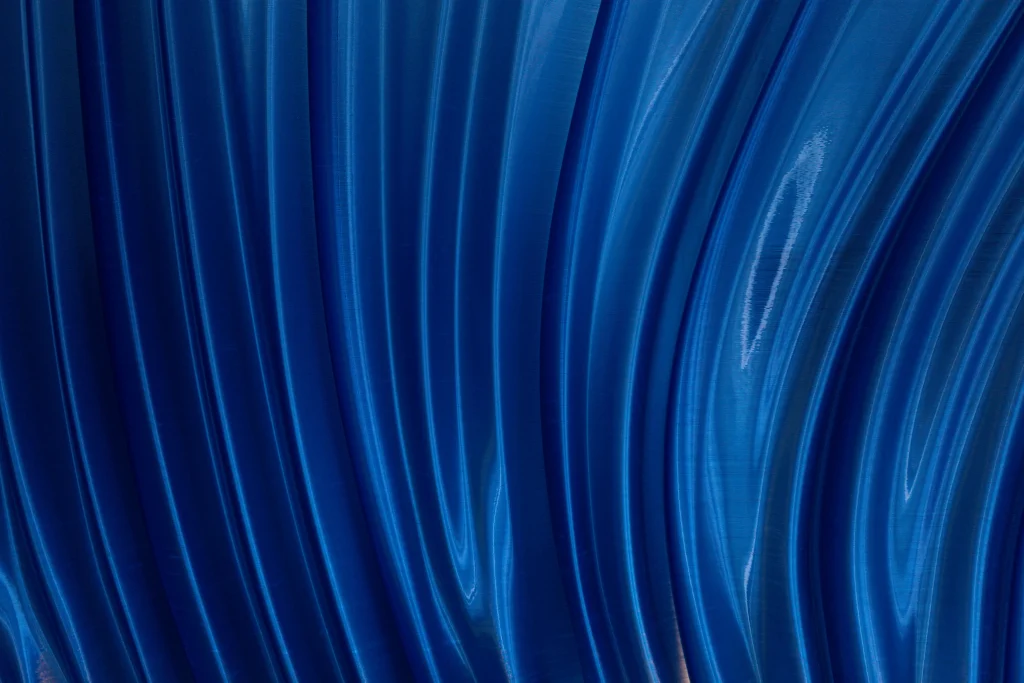
Embodying a rolling surface signifying dynamism, evolution, and transformation, echoing the uneven landscapes, seascapes, glaciers, lakes, and ocean waves of Argentina, fully crafted in striking blue recycled glossy plastic, the Argentina Pavilion explores the future of 3d printing and recycled plastic in architecture.
The pavilion results from the collaborative effort of the Ministry of Foreign Affairs, International Trade, and Worship of Argentina, the IOUS Studio, and Nagami. IOUS Studio is founded in the Netherlands and run by Argentina-born architects, pioneering in computational design and emerging technologies, while Nagami is a Spain-based company specializing in large-scale 3d printing. Though the Argentina Pavilion represents and reflects Argentina and its varying geography, it’s an outcome of the alliance of its global partners from other nations.
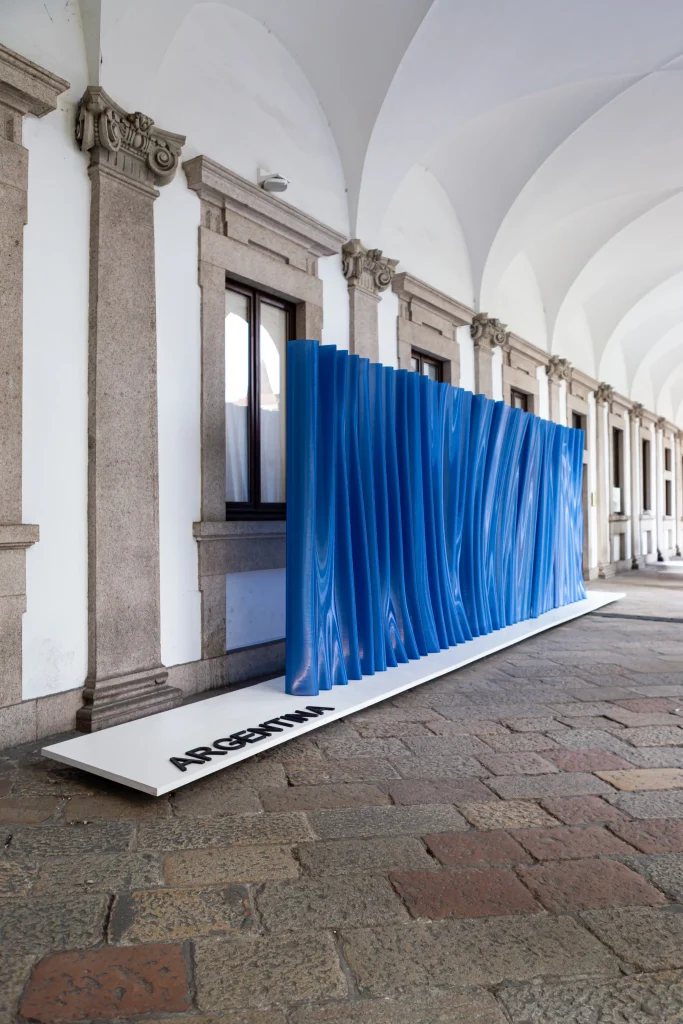
Argentina is blessed with juxtaposed geographies and topographies across its length and breadth, with glaciers in the south, salt flats in the north, deep lakes of Patagonia, and the vast Atlantic. While the glaciers find their way through Argentina’s valleys, lakes overflow and dry up seasonally, and salt fields crystallize and dissolve, the ocean redefines Argentina’s coastline with each tide.
Each of these terrains possesses a unique character, but all these terrains are in constant evolution and interaction with time, weather, and light. These terrains change their appearance, form, and color according to external factors. These terrains also reflect the surroundings in their own ways, telling different stories of the same surroundings at different times.
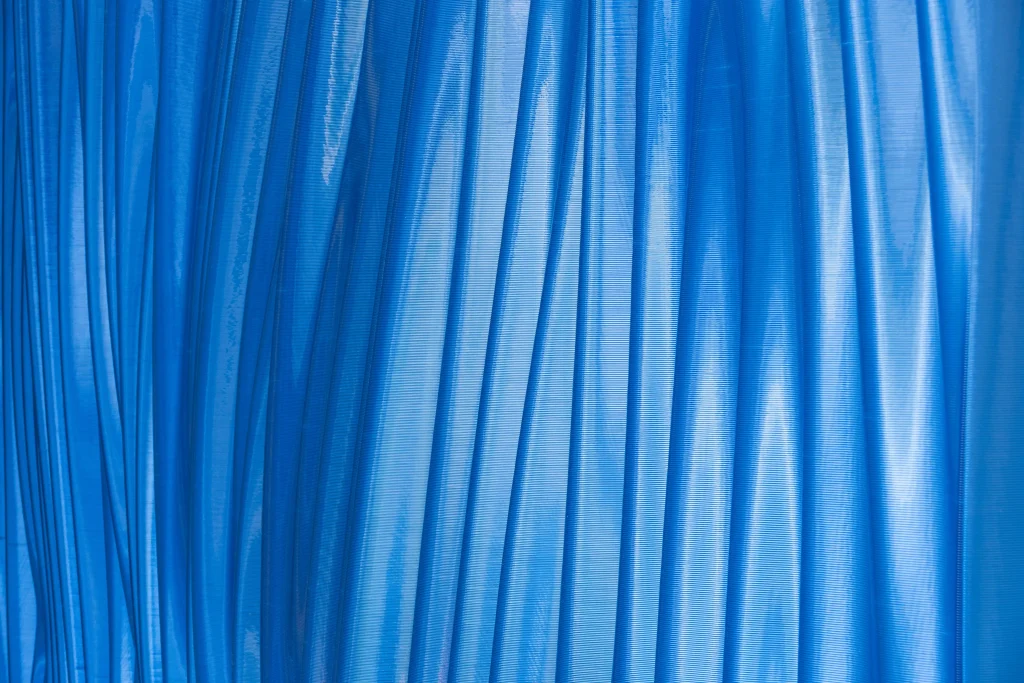
The design team intended to capture this transformation of the Argentinian landscapes and embed it within the pavilion. They actually shortlisted four distinct geographically rich sites in Argentina, including the glaciers of Santa Cruz, the lakes of Patagonia, the Salinas Grandes of Salta, and the Costa Atlántica in Argentina. However, they were precise not to capture a still image of these sites or their evolution, but rather desired to give the visitors an experience of the reflections and transformation itself.
As the visitors move around the pavilion, the wavy blue glossy recycled plastic surface of the pavilion creates an illusion of motion, inspired by the transformation and evolution of the landscapes. The pavilion reflects a distorted image of its surroundings, leaving the visitors in awe, enhancing the sense of motion aimed at. As the visitors walk past the pavilion, they feel as if the pavilion with its obliquely folding surfaces transforms, dissolves, and disappears.
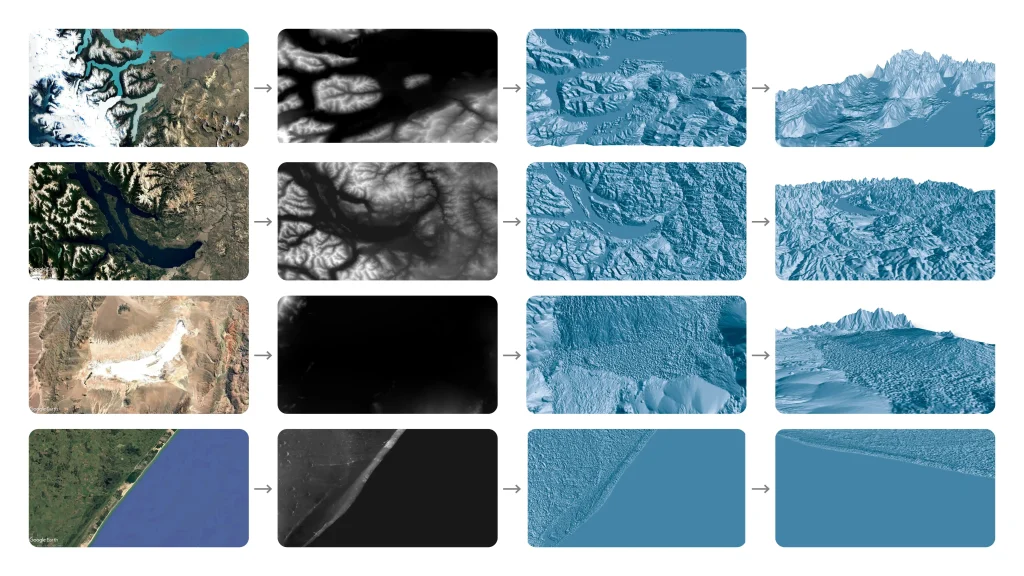
Through a parametric approach and computational design, the undulating topographies of Argentina’s selected geographies were translated into the pavilion’s surface. The design team has extracted GeoTIFF images of the shortlisted sites from Copernicus GLO-30 DEM. These images with the elevation of the rolling terrains in Argentina were converted into a 3-dimensional model of the topography using a customized script.
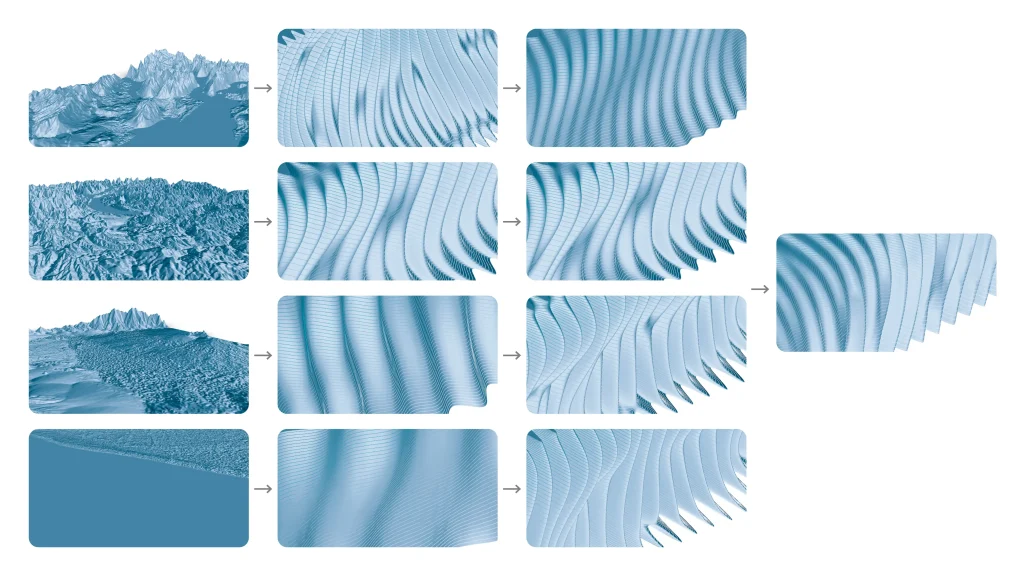
Again, a second script was generated to develop these models into the uneven aesthetic wavy surface of the Pavilion. The design team arrived at the current parametric design of the pavilion, best representing Argentina’s landscapes through repeated iterations and refinement of the finer details.
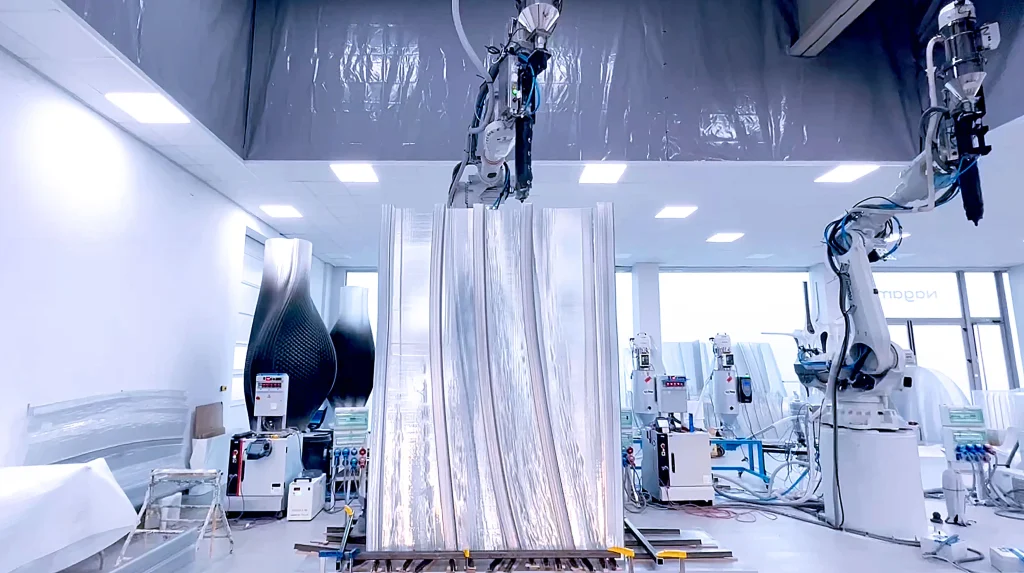
The design and fabrication team relied on robotic arms to 3d print the computationally designed pavilion, cutting down on waste and reducing carbon dioxide emissions, aiming for sustainability. The main idea driving the design team to use recycled plastic as the main material was their commitment to a plastic-free, sustainable future.
Learn with PAACADEMY if you would like to design parametric art pieces like the Argentina Pavilion, involving Computational Design and 3-D Printing. Attend workshops at PAACADEMY to learn from the industry’s best experts how to use advanced parametric design tools, AI in design workflows, and computational design in architecture!

Accompanied by an audiovisual Argentine design screen, the Argentina Pavilion took center stage at the event, glorifying Argentina’s landscapes and their dichotomies. The pavilion is more than just a reflection of the Argentine landscapes, it conveys higher philosophical ideas blurring the boundaries between land and sea, present and future, and reality and illusion.
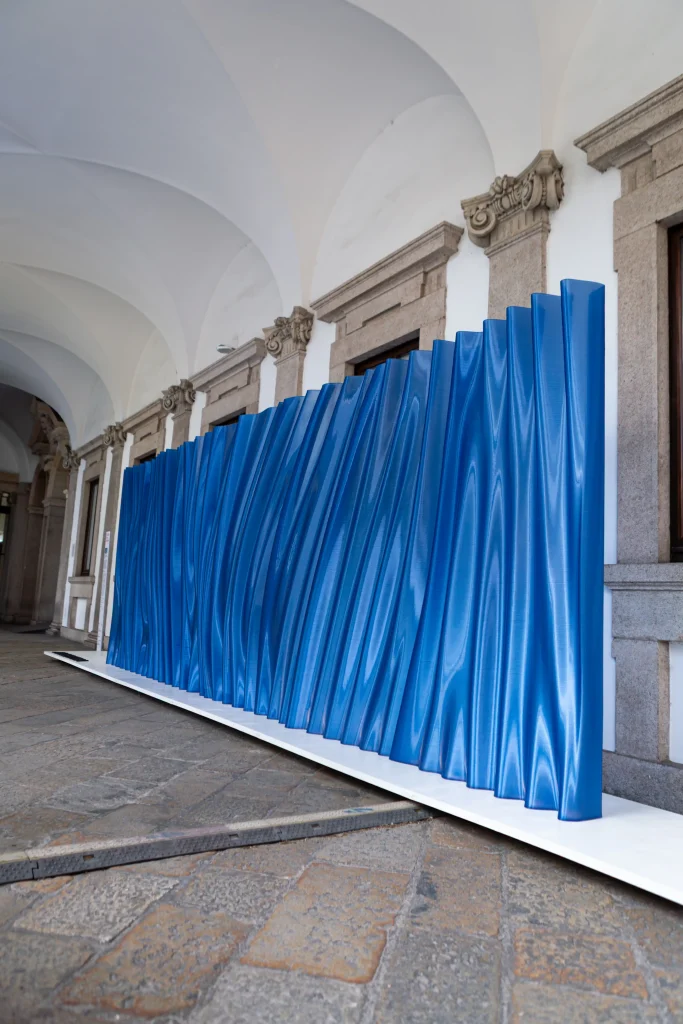
Rooted in its geographical uniqueness, the IOUS Studio and Nagami-designed Argentina Pavilion at Milan Design Week 2025 embodies cutting-edge technologies and prioritizes sustainability through material choices and fabrication techniques. This makes it the ideal installation, especially considering that this is the first time Argentina is presenting a National Pavilion at Milan Design Week.
Project Details
Project Name: Pabellón Argentino (Argentina Pavilion)
Location: Milan, Italy
Architecture Firm: IOUS Studio
Project Year: 2025
Status: Completed
Photography: IOUS Studio x Nagami, Ximena Molina, and Saverio Lombardi Vallauri


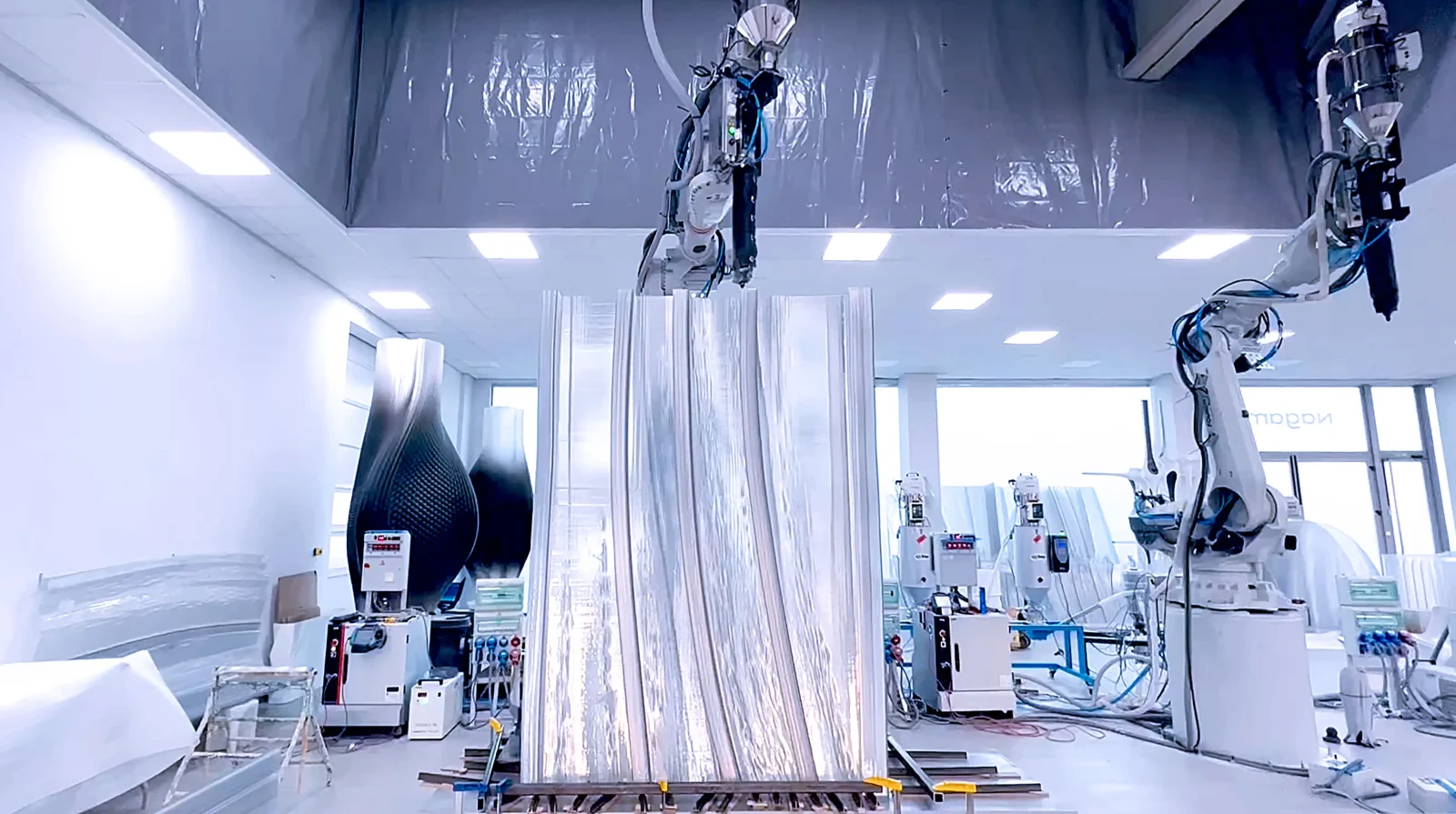




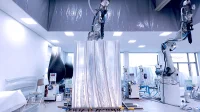


















Leave a comment